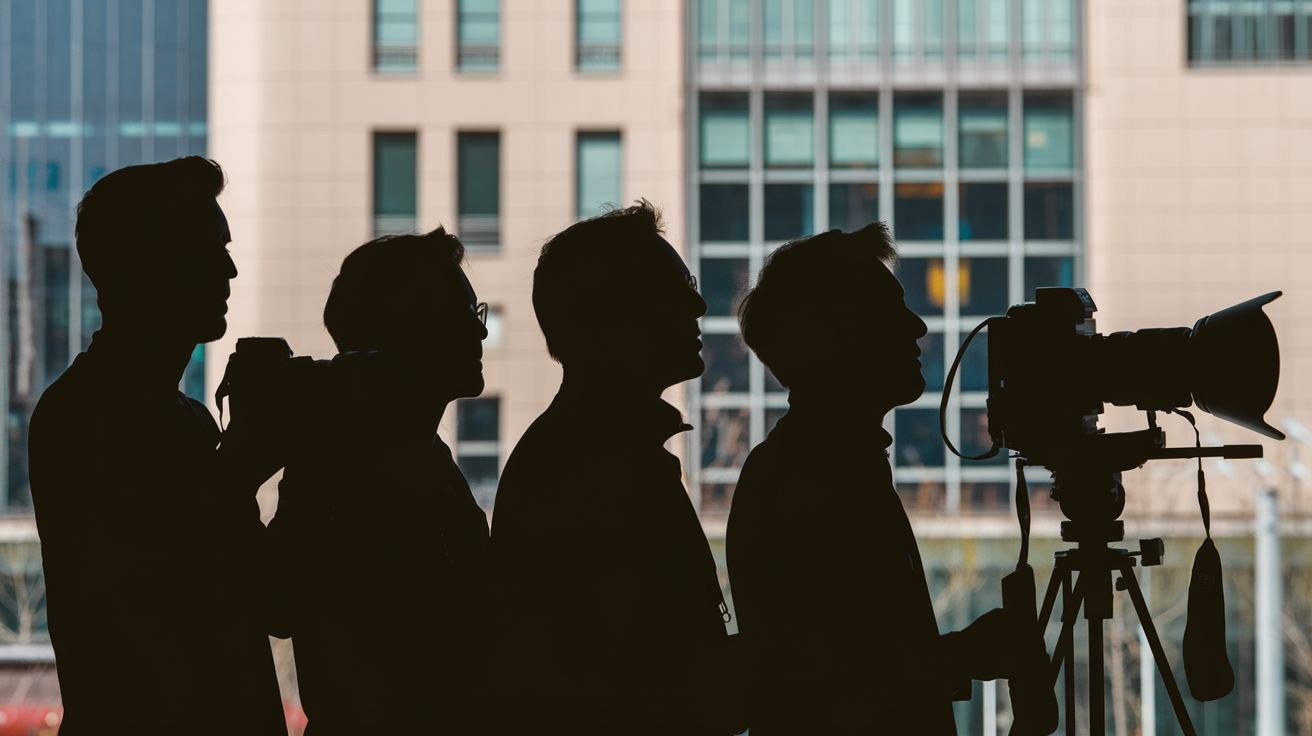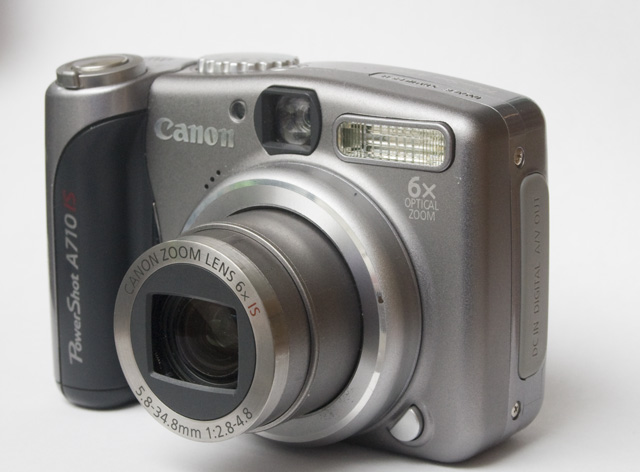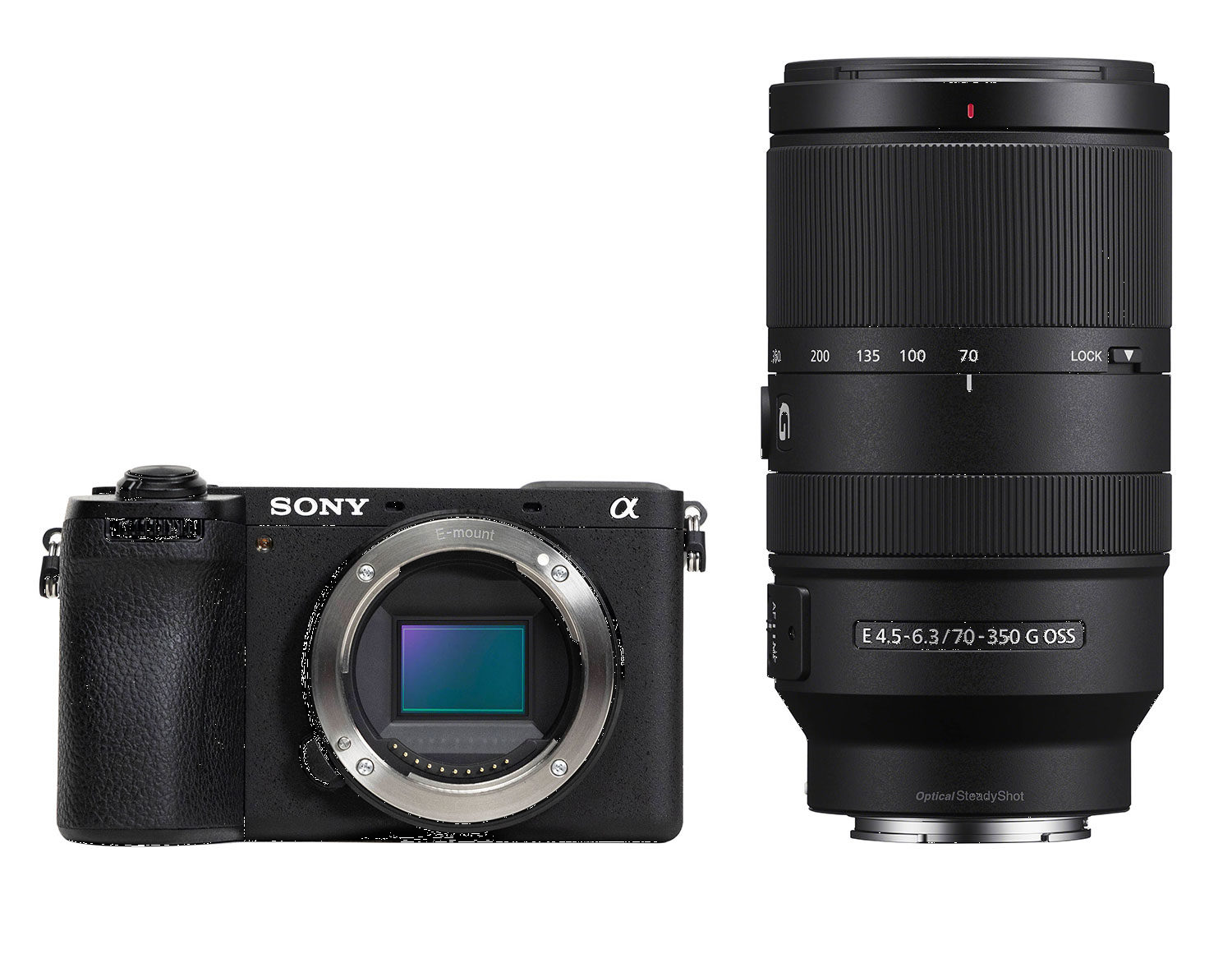
I’ve been taking pictures for many-many years, but that doesn’t necessarily make you a photographer. I started out with a little box camera that was a gift from my parents. The camera took a ‘120‘ film roll that was 6 cm high and it produced negatives, with a size of 4.5 by 6.0 cm. I remember well that the fixed lens had an aperture reach of F4 to F22. With the lens wide open it had a serious lack of sharpness in the corners with some heavy vignetting. Selecting shutter speed and aperture was a bit of a hit and miss. It was set according to a few icons on the camera’s dial; sunny, overcast, cloudy, or indoors. Nevertheless, I’ve made some great photos with this little camera, some of which are still decorating my walls at home.
When I graduated from high school, I received an SLR as a gift from my parents. It was a Canon-A1, and it was my favorite camera for a very long time. I bought a few primary lenses for this camera, but in the end, it was a Tokina 28 – 85 mm travel zoom that I used most. The camera had one serious drawback; it did not have automatic film transport when you loaded a new film. Loading a film was always a bit of handy work; if you would pull in too much film you could lose several exposures; if you would pull in too little, the mechanism would not latch and the film would not transport.
When I was taking picture number 40 on a roll with 36 exposures, I knew something was seriously wrong. All the pictures I had been taking of the beautiful white Spanish windmills against the backdrop of a straight blue sky near the village of Consuegra only existed in my mind but regrettably not on film.
The DSLR camera and its lenses also proved to be quite a load to carry around in the hot summer months in the south of Spain. This was the main reason to buy a compact camera, a Pentax Zoom 105 Super. It had a modest 38-105 mm zoom range, and with F4 to F8 it wasn’t the brightest, but at least it had fully automatic film transport. It lasted me for quite a while but it was rather restricted in its capabilities, and when it got damaged by sand trapped in its mechanics in the desert of Oman, I bought a new Canon DSLR. This was the EOS 300 (also known as the Rebel 2000) that came with a set of kit lenses. It was lightweight and being rather plasticky, clearly aimed at the amateur photographer. This camera arrived on the market just as digital photography was starting to gain a substantial foothold. So unfortunately, I have hardly ever used the analog EOS 300 and it is still collecting dust in my storeroom.
Initially, I wasn’t not even sure what my first entry was into the digital camera world. But this is where the embedded EXIF data comes in handy.
For quite some time I used the very compact Sony DSC-T1 that was introduced early 2004. This 5M pixel camera had its (38-114 mm equivalent) 3x-zoom lens built-in under a 90-degrees angle using a prism. It was very handy, and fun to use, but with 100/200/400 it did not score that well in the ISO department😉. Movie resolution was 640×480 max. VGA so to say…

Later in 2007 I bought a 7MP Canon Powershot A710. It was unfortunately nicked from my hotel room at the start of a holiday in Jordan. I bought it because it had image stabilization, and it operated on two AA batteries. You can buy these everywhere in the world, so you didn’t need 220V AC to keep your camera up-and-running. Very handy on a long hike 😉. Same poor VGA movie resolution, though…
I replaced it by a 9MP Panasonic Lumix DMC-TZ5, a compact “Travel Zoom” camera that was very easy to operate and it made some really great pictures. Of course, it could not compete with a DSLR, but as the saying goes:
“The best camera is the one you have at hand “.
And in the era before smart phones equipped with three or more lenses, the TZ5 was a very versatile little camera that was easy to pocket.
Nevertheless, I wanted a ‘proper’ entry into digital photography, without being too much bogged down by lens weight during travel, so I sold some Canon primary lenses when purchasing a 16MP Sony NEX-6 APS-C camera. For me the APS-C format provided a nice balance between resolution, size, weight and costs.
Also, there were several more-or-less fast lenses available, with fair to good sharpness, bokeh, color fringing, etcetera. At that time, full frame cameras were either non-existent or prohibitively expensive and quite heavy as well. Over the last few years, the cost of FF-cameras has come down substantially, but their (lens-) weight is often still significant.
The main handicap with NEX-6 proved to be its slow and sometimes erratic focusing. (The Panasonic TZ5 often worked better in that area – less hunting for focus). But the 16–55 mm and 50–200 mm kit lenses made it a nice set to carry around.
After passing on the A6000 camera, I bought the Sony A6500 in 2017 for its better focusing and somewhat more megapixels (24MP), but mostly because it had image stabilization. I bought it together with the Sony 16–70 mm F4 lens, and the 30 mm Sigma F1.4 Contemporary DC DN lens for low light situations.
When the Sony 70–350 mm APS-C zoom lens came out sometime in 2019, it gave me a nice uplift in performance, coming from the 50-200mm kit lens.
The Sony a6600 did not bring that many innovations, but when the a6700 came out in 2023 I did not hesitate to buy it, together with the Sigma 18-50mm F/2.8 DC DN lens. It is quite a versatile bright lens, and also has some macro capabilities, with a minimum focusing distance of just 12.1cm
Separately, I bought the Sony 10-20 mm F4 zoom lens and the Sony 15 mm 1.4 G lens. For me that’s quite some ‘glass’ I have invested in, so you can surely say that I’ve “committed myself” to the Sony APS-C ecosystem.


